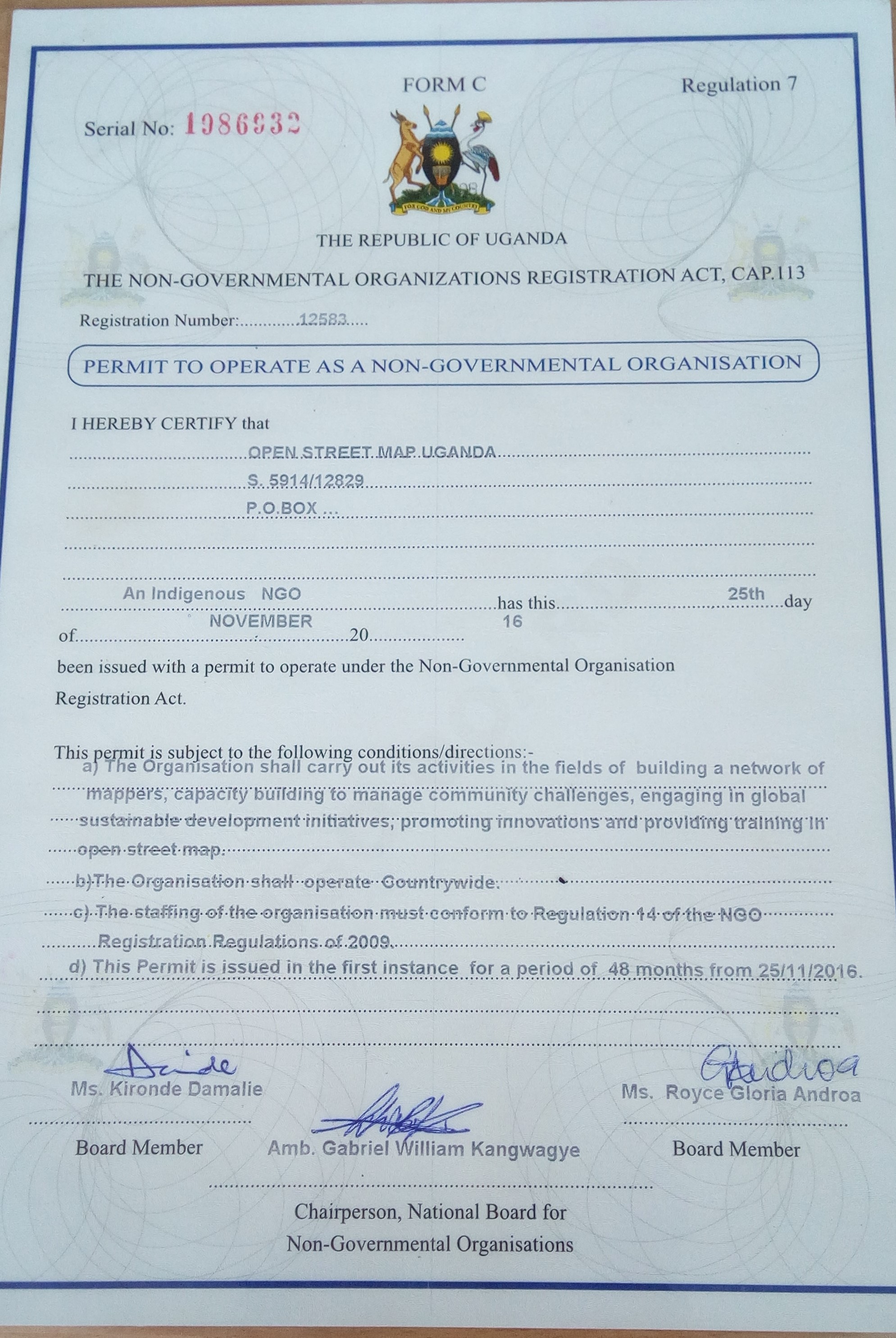

Most Wikimedia projects still allow local uploads which are not visible to other projects or languages, but this option is meant to be used primarily for material (such as fair use content) which local project policies allow, but which would not be permitted according to the copyright policy of Commons. The aim of Wikimedia Commons is to provide a media file repository "that makes available public domain and freely-licensed educational media content to all, and that acts as a common repository for the various projects of the Wikimedia Foundation." The expression "educational" is to be understood according to its broad meaning of "providing knowledge instructional or informative". ĭuring the COVID-19 pandemic, as part of a collaboration with Wikimedia, the World Health Organization (WHO) uploaded its " Mythbusters" infographics to Commons. Similarly Europeana, the website aggregating European cultural heritage, shares its digitised images through Commons. As of 2022, DPLA uploaded more than 2 million files. In 2020, the Digital Public Library of America (DPLA) started uploading its collections to Commons. One of the first models uploaded to Commons was a reconstruction of the Asad Al-Lat statue which was destroyed in Palmyra by the ISIL in 2015. Since 2018 it is possible to upload 3D models to the site. In July 2013, the number of edits on Commons reached 100,000,000. In 2012, the National Archives and Records Administration uploaded 100,000 digitised images from its collection. The idea for the project came from Erik Möller in March 2004 and was launched on September 7, 2004. Wikimedia logo mosaic created to commemorate the one-millionth file at Wikimedia Commons


 0 kommentar(er)
0 kommentar(er)
